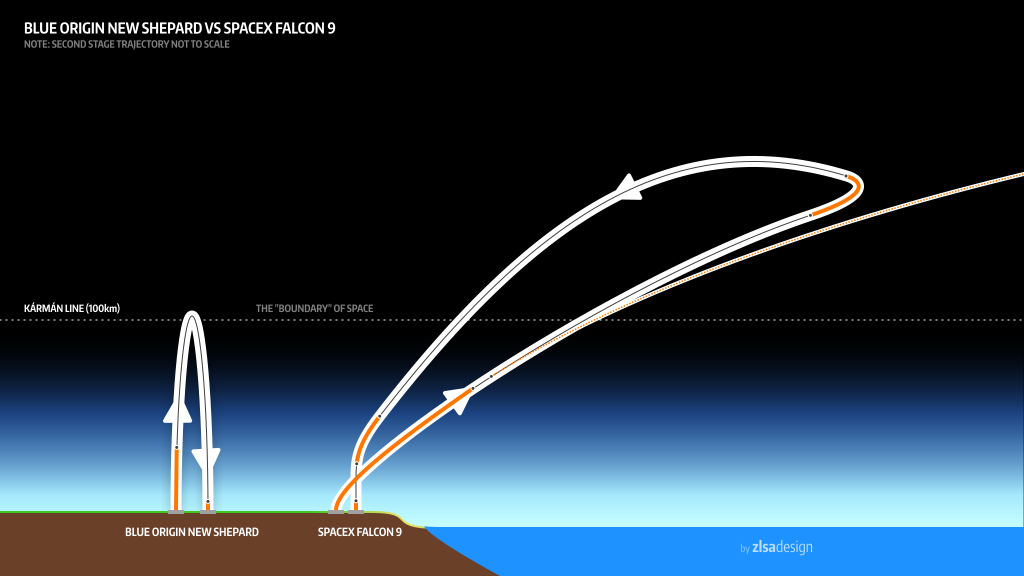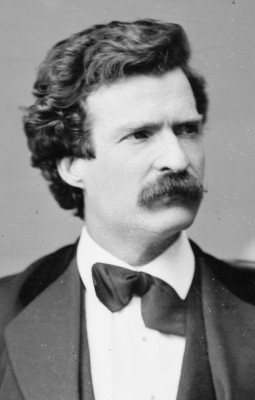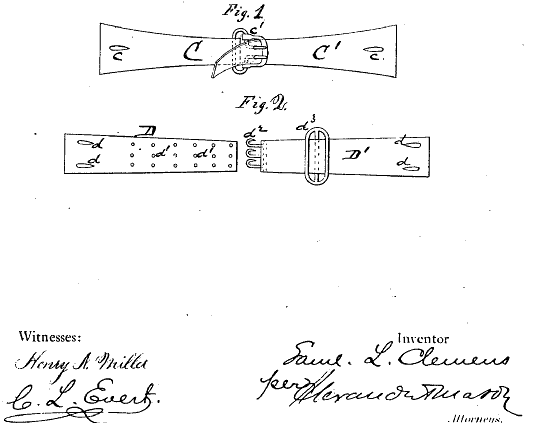The way many people around the world perceive it, the United States is a nation where bodies are piling up because Americans are constantly shooting each other. And of course, the reason is supposed to be a crazy lack of gun control laws. Chalk this perception up to the junk press and to the nature of the news media business. In the Internet age, the unbiased reporting of nuanced and complicated facts isn’t nearly as lucrative as tugging on heartstrings to generate clicks, shares, likes and comments on social media.
In reality, gun-related deaths in America have been declining for decades. They are now at the lowest level in three decades. And, gun deaths are not even among the 10 leading causes of death in the U.S. These are, according to the official CDC data:
Heart disease: 611,105
Cancer: 584,881
Chronic lower respiratory diseases: 149,205
Accidents (unintentional injuries): 130,557
Stroke (cerebrovascular diseases): 128,978
Alzheimer’s disease: 84,767
Diabetes: 75,578
Influenza and Pneumonia: 56,979
Nephritis, nephrotic syndrome, and nephrosis: 47,112
Intentional self-harm (suicide): 41,149
(Source: Deaths: Final Data for 2013, table 10)
The biggest contributing factors to cardiovascular disease, stroke, diabetes, cancer and respiratory disease are obesity and smoking, which are personal choices. It has been estimated that no less than 50% of the total U.S. health care spending is the result of smoking and obesity. Suicide, the 10th most common cause of death in the U.S., outnumbers homicide two to one.
Of course, telling people that their lifestyle sucks doesn’t generate much media revenue. But outraged reports about gun carnage, school shootings and psychopathic killers does the trick!





















